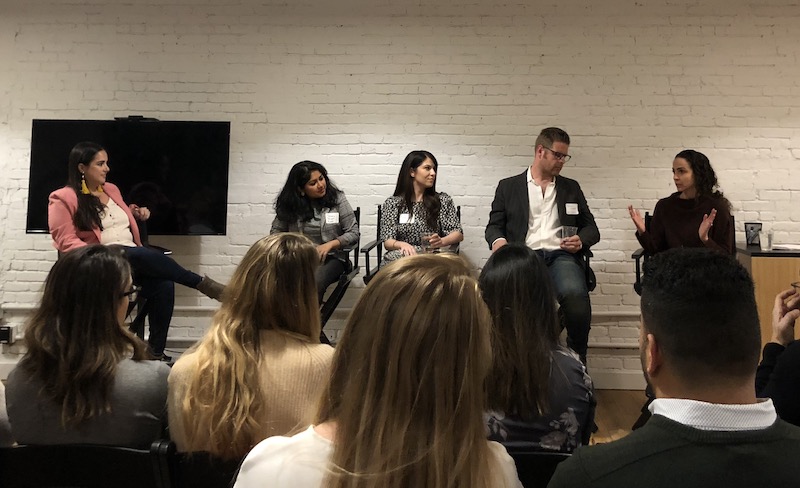Recently we partnered with our portfolio company Electric.ai to co-host a best-in-class Customer Success panel led by Jenna Drapkin of Degreed, Lauren Crocetti of Yext, Ronan Conroy of Sailthru, and Tahima Begum of Pixlee.
If you’re looking to excel and rise-up the ranks in Customer Success or create an amazing CS team, we’ve assembled some of the key takeaways:
Balancing the urge to always say “Yes”: The key performance metric for Customer Success and Account Managers is retention. There can be an enormous amount of pressure to say “yes” to all requests to keep customers from churning. This approach is not sustainable and inevitably counterproductive. Instead, Jenna Drapkin says “consider what will actually move the needle before sinking time into a project or request that ultimately won’t come to fruition.” The panelists also agreed that setting expectations upfront, empathizing with clients, and always closing the loop on deliverables (even if the answer is “no”) will lead to better outcomes in the long run.
Consider what will actually move the needle before sinking time into a project or request that ultimately won’t come to fruition.
Transparency and feedback are crucial: The CS/AM teams have to work cross-functionally to execute on deliverables. Project management and communication skills are undeniably important to succeed, but as Ronan Conroy pointed out, so is the ability to deliver tough feedback internally and knowing when to escalate client-related issues. He relies on his team to be transparent and to raise concerns so he can get it in front of key decision makers to solve the problem. In return, he’s transparent with his team and goes to bat for them in the organization and with clients. Lauren Crocetti, who has worked at Yext for almost seven years, said she attributes her success to creating a culture that rewards directness and candid feedback.
Data is everything: When Tahima Begum first started at Pixlee, there was no Customer Success function and she single-handedly had to prove that it was essential to the business. It was only through collecting and presenting customer data that she was able to validate this need and ultimately build out the team and process. Data also fuels meaningful product change. It can be a slow and tedious process to listen and document enough “feedback” to illustrate a pain point and create a sense of urgency for the broader team, but ultimately it is what drives a significant impact on the business and improvements to the product.
Data also fuels meaningful product change. It can be a slow and tedious process to listen and document enough “feedback” to illustrate a pain point and create a sense of urgency for the broader team, but ultimately it is what drives a significant impact on the business and improvements to the product.
The panelists, each with their own unique experiences and perspectives brought so many valuable insights into the discussion, and we are thrilled to have played a part.




